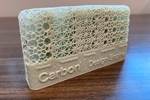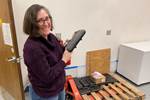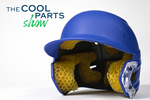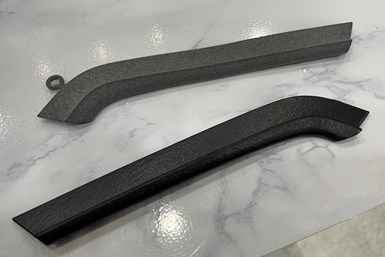6 Flexible Polymer Parts Made With 3D Printing
Additive manufacturing in polymer offers a way to realize various engineered properties, including just the right level of cushion or springiness in the part.
-
The launch of GM's 2022 Chevy Tahoe was delayed because fuel economy needed to be slightly improved before the car could be released. A seal closing a gap at the spoiler in the rear would do the trick. But these flexible parts needed flexible production, because waiting for mold tooling would take too long. GKN Additive therefore 3D printed 60,000 of the seals for the automaker. This article includes a photo of this vital, last-minute SUV part.
The TPU seals for GM’s 2022 Chevy Tahoe, shown here as-printed (top) and after vapor finishing (bottom).
- Aetrex orthotic insoles are 3D printed to achieve variable flexibility — different resistance throughout the insole, tailored to match a scan of the pressure points of an individual’s feet. The result: the left and right insoles are likely to be different, matching the wearer’s different left and right feet. That was true with mine.
-
An even more critical application of a customized 3D printed flexible form: protective padding for an auto racing helmet or batting helmet that is tailored to a scan of the wearer’s head.
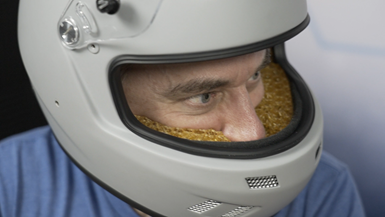
Padding via engineered 3D printed lattices, tailored to the dimensions of the wearer.
- Gaskets are maybe the most basic industrial flexible part. They have to be both flexible and tough. Chromatic 3D Materials’ process using extruded polyurethanes cured at room temperature can bring 3D printing to gaskets, bellows, bladders and other rugged flexible parts.
- A two-piece 3D printed clamp for hydraulic lines on an F-16 aircraft became much easier to install when the clamp halves were flexibly tethered together so the technician could hold the pair in one hand. The clamp pieces are made of rigid polymer, but the same machine and same build that produced them also made the elastomer tether holding them together.
- The 3D printed components for the housing of Rekkie’s augmented reality ski goggles are just flexible enough to snap-fit together during assembly, with no fasteners needed. Here is the moment when I demonstrate that assembly, which is kind of satisfying.
Related Content
-
What Does Additive Manufacturing Readiness Look Like?
The promise of distributed manufacturing is alluring, but to get there AM first needs to master scale production. GKN Additive’s Michigan facility illustrates what the journey might look like.
-
Copper, New Metal Printing Processes, Upgrades Based on Software and More from Formnext 2023: AM Radio #46
Formnext 2023 showed that additive manufacturing may be maturing, but it is certainly not stagnant. In this episode, we dive into observations around technology enhancements, new processes and materials, robots, sustainability and more trends from the show.
-
6 Trends in Additive Manufacturing Technology at IMTS 2024
3D printers are getting bigger, faster and smarter. But don’t overlook the other equipment that the AM workflow requires, nor the value of finding the right supplier.


